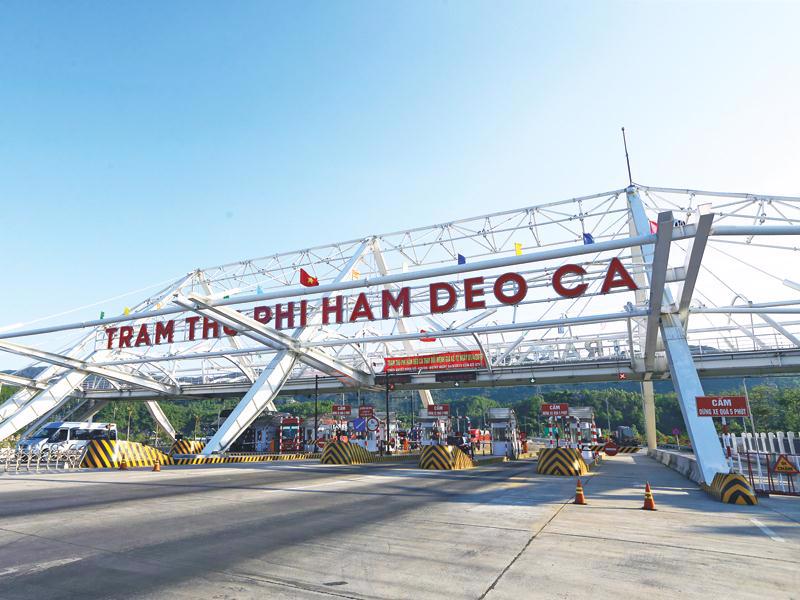INTERNATIONAL INVESTMENT
AND PORTAL
 Nguyen Canh Cuong, former minister counselor Vietnamese Embassy to Belgium
Nguyen Canh Cuong, former minister counselor Vietnamese Embassy to Belgium
While Vietnam’s GDP grew by 7.09 per cent in 2024 with exports surpassing $400 billion, much of this performance remains anchored in foreign-invested manufacturing and low-value assembly. The long-standing goal of becoming an advanced industrial economy by 2050 now faces global value chain restructuring, tightening green requirements, increasing trade protectionism, regional geopolitical conflicts, and an ageing population.
However, Vietnam has a great opportunity to make it thanks to the rapid pace of the Fourth Industrial Revolution, a new generation of tech-business people and committed leadership for nation’s rising. In a nutshell, a new industrialisation for Vietnam should consist of digital transformation, AI, automation, business ecosystem, and a more market friendly institution.
The digital transformation of manufacturing requires not just technology, but deep organisational capital. This means retraining workers, redesigning processes, and investing in managerial capability. For Vietnam, it is a mindset shift as much as a tech upgrade.
Vietnam is witnessing the alignment between industrial growth and climate-compatible development. As one of the world’s most climate-vulnerable economies, the country has committed to achieving net-zero emissions by 2050, backed by the Just Energy Transition Partnership and the nation’s official climate change strategy.
Growth compatible with climate resilience is an economic imperative. Industrial zones must be green, supply chains transparent, and energy systems resilient.
The government is targeting green economic output to rise from $6.7 billion in 2020 to $300 billion by 2050. Key targets by 2030 include renewable energy accounting for 15–20 per cent of national supply and circular economy principles guiding industrial operations.
Beyond traditional industry, Vietnam is fostering a vibrant startup ecosystem. According to Dr. Robyn Klingler Vidra from King’s College London Business School, Vietnam’s shift from state-driven tech parks to entrepreneur-led innovation has positioned it as a rising startup nation. Vietnam’s top entrepreneurs are globally connected and locally grounded, and many bring Silicon Valley experience back, acting as bridges between foreign capital and domestic opportunity.
Meanwhile, the government’s National Digital Transformation Programme aims to expand the digital economy to 30 per cent of GDP by 2030. This includes upgrading manufacturing capabilities, building large-scale industrial clusters, and encouraging Vietnamese-made technologies in priority sectors like semiconductors and robotics.
Vietnam has an evolving role as an industrial orchestrator. Rather than dictating industrial growth through central planning, the state is now seen as a facilitator, coordinating across ministries, universities, incubators, and firms to form a coherent ecosystem.
As global industrial paradigms shift from volume to value, from carbon to green, and from labour to knowledge, Vietnam’s response is strategic recalibration. It seeks to ascend global value chains, while also building resilient industrial capabilities rooted in sustainability, autonomy, and inclusivity.
The path forward will not be without challenges, from infrastructure bottlenecks and institutional inertia to workforce readiness. But with strategic clarity and international partnerships, Vietnam may well turn this moment into a new chapter of transformational growth.
To achieve that, Vietnam also needs to mobilise more direct and indirect investment for its industrialisation. The financial market should have more room with more secure mechanisms to support highly productive industries.
Based on East Asia’s historical responses to crises, from Japan’s post-war recovery and the oil shocks of the 1970s, to China’s Deng-era liberalisation and South Korea’s industrialisation, bold policy shifts often arise not from stability, but from external pressure and internal disruption. Success would depend on whether competent technocrats and decisive leaders emerge to steer policy in a new direction.
Vietnam risks slipping into a middle-income trap if it does not strengthen domestic value creation, improve productivity, and reduce excessive dependence on foreign direct investment. Vietnam’s industrial growth has been externally driven and assembly based, and that model has reached its limit. Now is the time to upgrade policies for high-value development.
The country must shift from low-cost assembly to a model based on internalised competitiveness, focusing on skills, domestic supply chains, high-tech capabilities, and value-added exports. This crisis is not a curse, and it can be the catalyst for Vietnam’s next leap if policy rises to the challenge.
Vietnam is now promoting the central role of the domestic private sector in the country’s new industrialisation vision, aligned with the direction set out in the new national vision on private sector development. It urges the creation of a favourable institutional and business environment that enables private enterprises to speed up innovation and engage in global value chains.
Vietnam’s path ahead hinges not only on good intentions, but also on the capacity to translate ideas into coherent, sustained policy implementation. Challenges like the current ones are inflection points. But whether we turn the page or repeat old chapters depends on how boldly we act, how clearly we think, and how united we move.



















